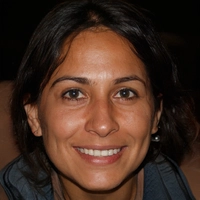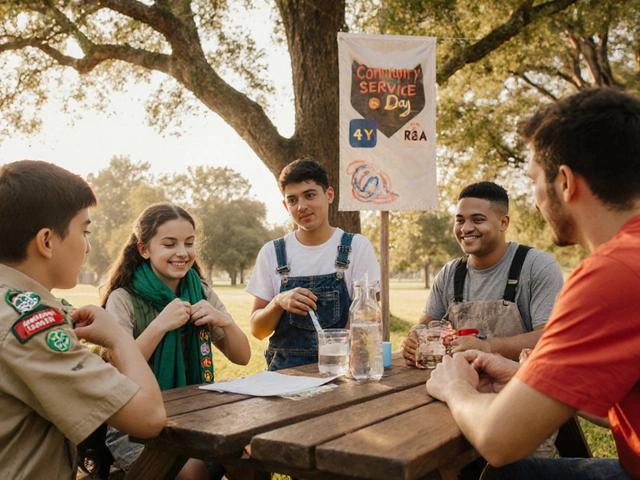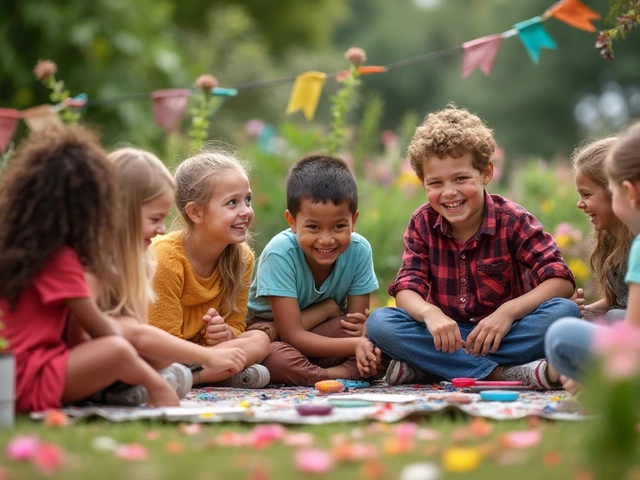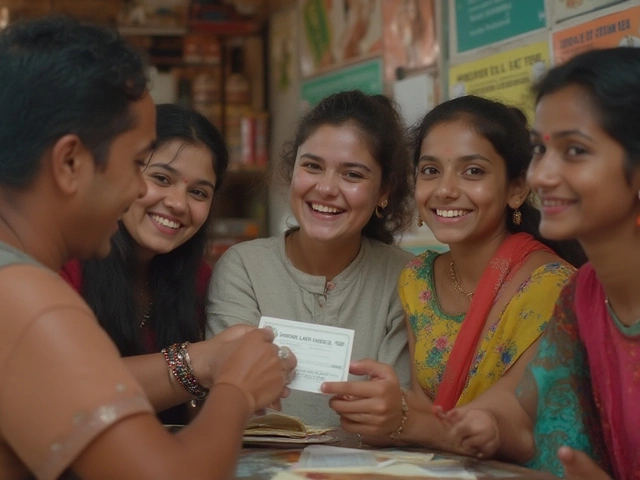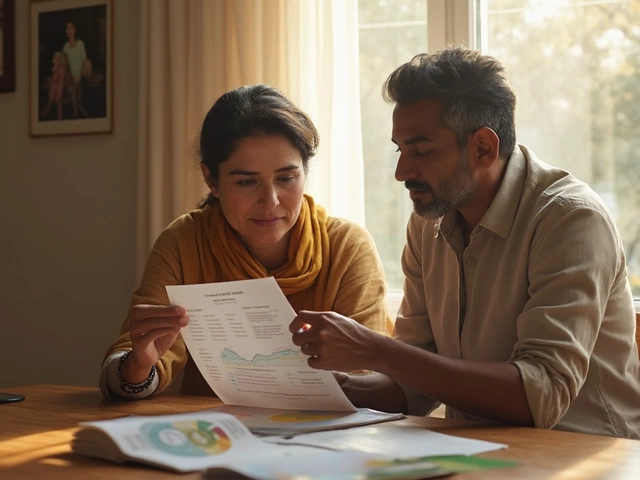Traditional Youth Organization Explorer
Teaches outdoor skills, citizenship, and leadership through merit badges.
Founded: 1907 GlobalEmpowers girls through teamwork, community service, and personal growth.
Founded: 1910 GlobalFocuses on head, heart, hands, health with projects in science and citizenship.
Founded: 1902 US-BasedRecreation, leadership workshops, and community outreach for ages 6-18.
Founded: 1844 GlobalCombines Christian values with military-style drills and service projects.
Founded: 1883 GlobalHigh-school students live abroad to promote cultural understanding.
Founded: 1960 GlobalFaith-based activities, retreats, and volunteer opportunities.
Varies LocalDiscipline, aviation or maritime skills, and leadership through uniformed structure.
Early 1900s Military- Structured Hierarchy: Clear chain of command from adult leaders to youth members.
- Rituals and Symbols: Uniforms, badges, pledges, or ceremonies that create a shared identity.
- Community-Focused Service: Projects that help the local neighborhood, often hands-on and outdoors.
- Identify the nearest local chapter using a search engine.
- Contact the chapter via email or phone.
- Pay any membership fee (typically $20-$100).
- Attend an introductory meeting to learn more.
- Commit to regular meetings and activities.
- Life Skills: Navigation, first aid, public speaking, and project management.
- Social Networks: Lifelong friendships across ages and backgrounds.
- Civic Engagement: Direct involvement in local clean-ups, charity drives, and mentorship programs.
- Sense of Identity: Uniforms and badges give a visible mark of achievement.
- College & Job Boost: Leadership experience valued by universities and employers.
Did You Know? Many traditional youth organizations have adapted to include STEM topics, inclusivity training, and digital tools to remain relevant today.
When you hear the phrase traditional youth organization, images of uniforms, badge ceremonies, and community service projects probably pop up. People often wonder what counts as a “traditional” group and why these clubs keep thriving in a digital age. This guide breaks down the core idea, showcases eight classic examples, compares them to newer‑fangled alternatives, and offers quick pointers on how to get involved.
TL;DR
- Traditional youth organizations focus on in‑person activities, leadership development, and community service.
- Common examples include the Boy Scouts, Girl Guides, 4‑H, YMCA youth programs, The Boys' Brigade, Rotary Youth Exchange, Church youth groups, and Cadet Corps.
- They differ from modern clubs by emphasizing face‑to‑face mentorship, uniformed identity, and long‑standing rituals.
- Joining usually involves local chapters, a small membership fee, and a commitment to regular meetings.
- Benefits: life skills, friendships, civic engagement, and a sense of tradition.
What Makes an Organization “Traditional”?
To understand why a group is labeled traditional, look at three key traits:
- Structured hierarchy - A clear chain of command from adult leaders to youth members.
- Rituals and symbols - Uniforms, badges, pledges, or ceremonies that create a shared identity.
- Community‑focused service - Projects that help the local neighborhood, often hands‑on and outdoors.
These elements have been passed down for decades, sometimes over a century, giving the groups a sense of continuity.
Eight Classic Examples
Below are eight widely‑recognised traditional youth organizations, each introduced with schema.org microdata for easy indexing.
Boy Scouts is a global movement that teaches outdoor skills, citizenship, and leadership through a merit‑badge system. Founded in 1907 in the UK, the program now operates in more than 150 countries, including Scouts New Zealand.
Girl Guides (also known as Girl Scouts in some regions) offers a parallel experience for girls, emphasizing teamwork, community service, and personal growth. The organization dates back to 1910 and remains active in over 100 nations.
4‑H focuses on "head, heart, hands, health" and runs projects in agriculture, science, and citizenship. Established in the United States in 1902, the program now has a strong presence in Canada, Australia, and New Zealand.
YMCA Youth Programs provide recreation, leadership workshops, and community outreach for kids aged 6‑18. The YMCA’s roots trace back to 1844, making it one of the oldest community‑service organisations worldwide.
The Boys' Brigade combines Christian values with military‑style drills and service projects. Originating in Scotland in 1883, it operates in over 60 countries, including New Zealand.
Rotary Youth Exchange offers high‑school students the chance to live abroad for a semester, promoting cultural understanding and community service. Launched in 1960, the program partners with Rotary clubs worldwide.
Church Youth Groups (often called Youth Ministries) provide faith‑based activities, retreats, and volunteer opportunities. While structures vary, most follow a consistent pattern of weekly meetings and service projects.
Cadet Corps (e.g., Air Cadets, Sea Cadets) teach discipline, aviation or maritime skills, and leadership through a uniformed, quasi‑military framework. Many countries launched cadet programs during the early 20th century.
How Traditional Groups Differ From Modern Alternatives
| Feature | Traditional (e.g., Boy Scouts) | Modern (e.g., Coding Clubs) |
|---|---|---|
| Primary Setting | Physical locations - camps, community halls | Hybrid - online platforms + occasional meet‑ups |
| Leadership Model | Adult‑led hierarchy with youth ranks | Peer‑led, often flat structure |
| Core Activities | Outdoor skills, badge earning, service projects | Project‑based learning, hackathons, workshops |
| Symbolism | Uniforms, insignia, ceremonies | Branded logos, digital badges |
| Community Impact | Local service (clean‑ups, food drives) | Global outreach via online campaigns |
Both models have strengths. Traditional groups excel at hands‑on teamwork and intergenerational mentorship, while modern clubs tap into tech‑savvy interests. Many youths blend the two, joining a scouting troop for outdoor adventure and a coding club for digital skills.
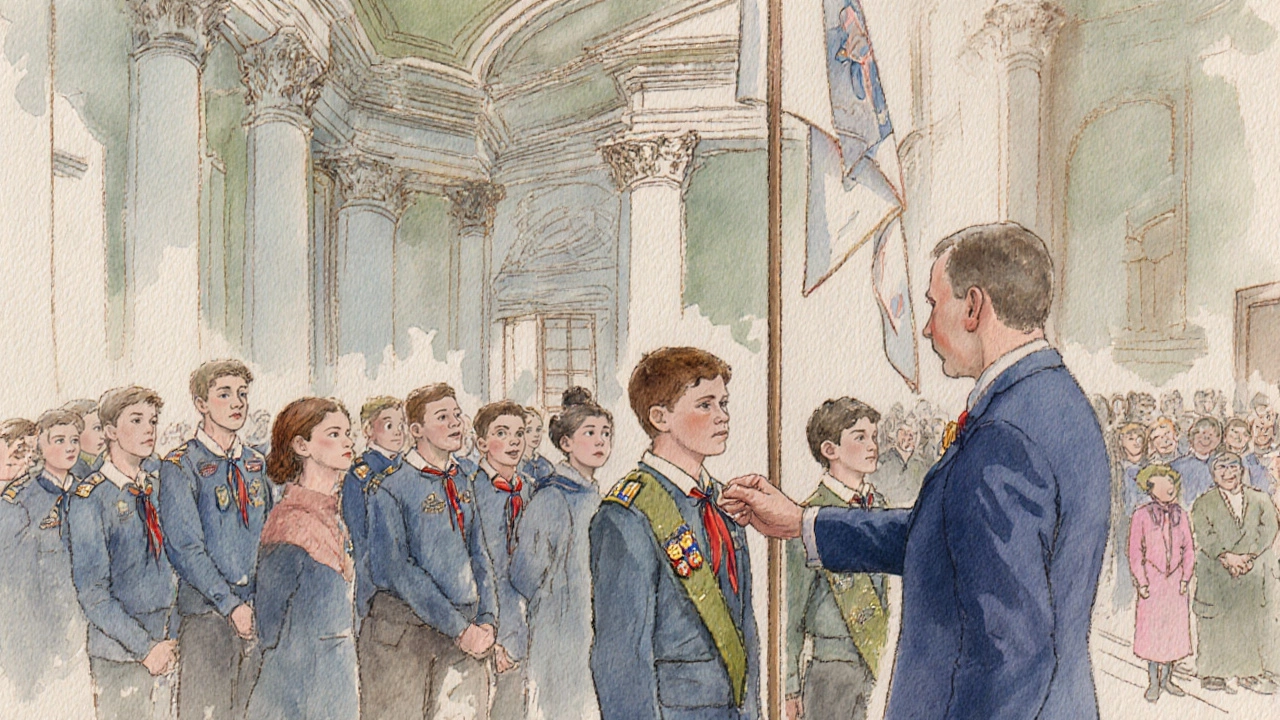
How to Join a Traditional Youth Organization
Getting started is usually straightforward:
- Identify the nearest local chapter. A quick Google search for "[organization] + your town" typically yields contact info.
- Reach out via email or phone. Most chapters have a volunteer adult coordinator who will guide you through the registration form.
- Pay any membership fee. Fees range from NZ$20 for 4‑H to NZ$100 for a full‑year Boy Scouts subscription, often covering uniforms and activity insurance.
- Attend an introductory meeting. These events let you meet fellow members, see the uniform, and learn about upcoming activities.
- Commit to the schedule. Typical meetings happen weekly or bi‑weekly, with occasional weekend camps or service days.
Parents usually need to sign a consent form, and some groups require a background check for adult leaders. Once you’re in, you’ll earn badges, take on leadership roles, and contribute to community projects.
Benefits of Joining a Traditional Youth Organization
Research from the Youth Development Institute (2024) shows that participants in long‑standing youth groups score 12% higher in leadership assessments and report stronger community ties. Here are the top perks you’ll notice:
- Life Skills: Navigation, first aid, public speaking, and project management.
- Social Networks: Lifelong friendships across ages and backgrounds.
- Civic Engagement: Direct involvement in local clean‑ups, charity drives, and mentorship programs.
- Sense of Identity: Uniforms and badges give a visible mark of achievement.
- College & Job Boost: Many universities and employers value the leadership experience listed on resumes.
Common Misconceptions
People sometimes think these groups are outdated or exclusive. In reality:
- Most organizations have modernized their curricula to include STEM topics, environmental stewardship, and inclusivity training.
- Many chapters actively welcome members regardless of gender, faith, or socioeconomic status. Scholarships and sliding‑scale fees help reduce barriers.
- Digital tools support traditional groups: online badge trackers, virtual meeting rooms, and mobile apps for scheduling.
So, the “old‑fashioned” label is more about the structure than the relevance.
Next Steps for Parents, Educators, and Youth
If you’re a parent or teacher wanting to connect a child with a traditional youth organization, consider these actions:
- Map local chapters on a community board or school notice.
- Invite a troop leader for a school assembly to showcase activities.
- Organize a joint service day where students work alongside youth group members.
- Set up a scholarship fund to cover fees for low‑income families.
Youths themselves can start a mini‑chapter if none exist nearby-many national bodies provide starter kits and mentorship for new groups.
Frequently Asked Questions
What age range do traditional youth organizations serve?
Most groups accept members from 6years up to 18years, with some offering alumni or adult volunteer roles beyond that.
Do I need prior experience to join?
No. Programs are designed for beginners. Skills are taught step‑by‑step, and members earn badges as they progress.
How can I afford membership fees?
Many chapters offer reduced‑fee options, scholarships, or allow families to volunteer in exchange for fee waivers.
Are there co‑educational options?
Yes. Organizations like Scouts New Zealand, 4‑H, and YMCA run mixed‑gender programs. Some historically single‑sex groups have merged into co‑ed units.
What safety measures are in place during outdoor activities?
Adult leaders undergo background checks, first‑aid certification, and risk‑assessment training. Camps are insured, and equipment follows national safety standards.
